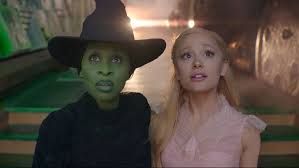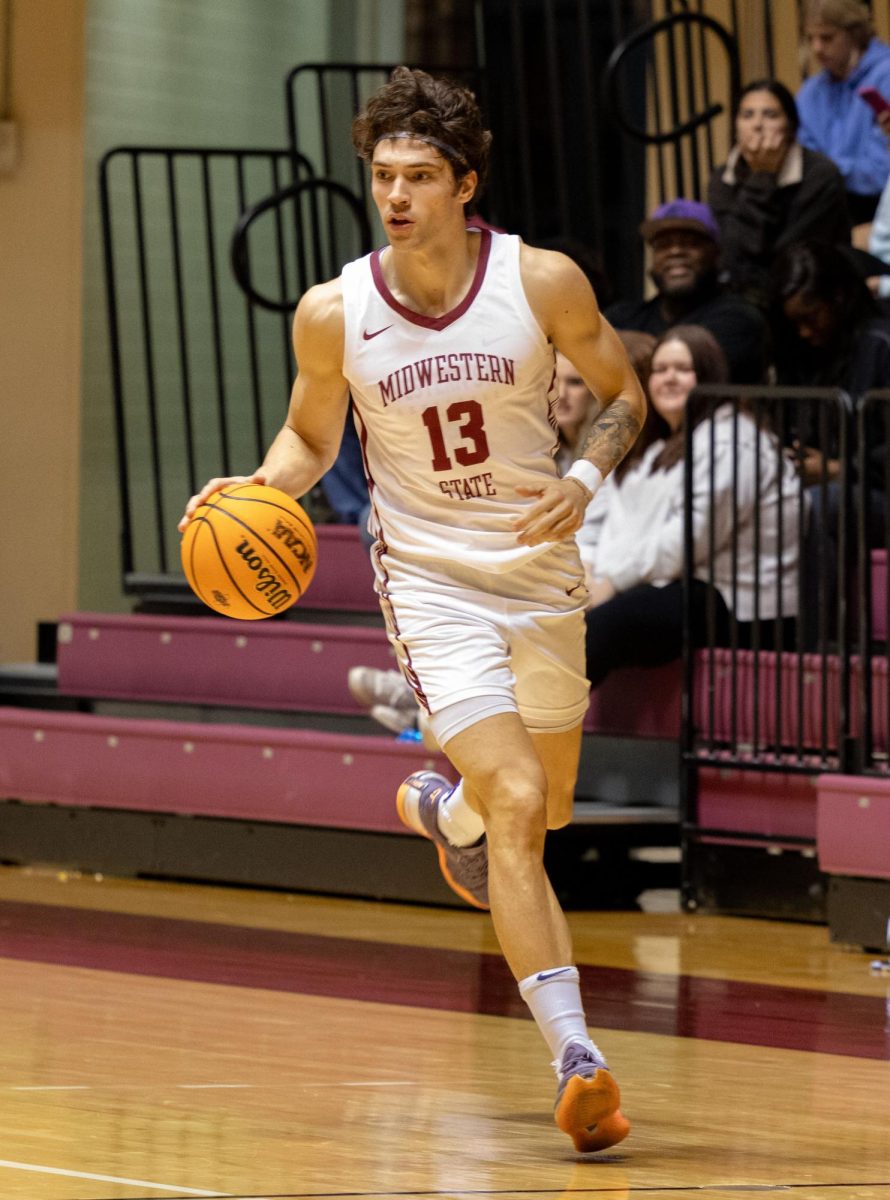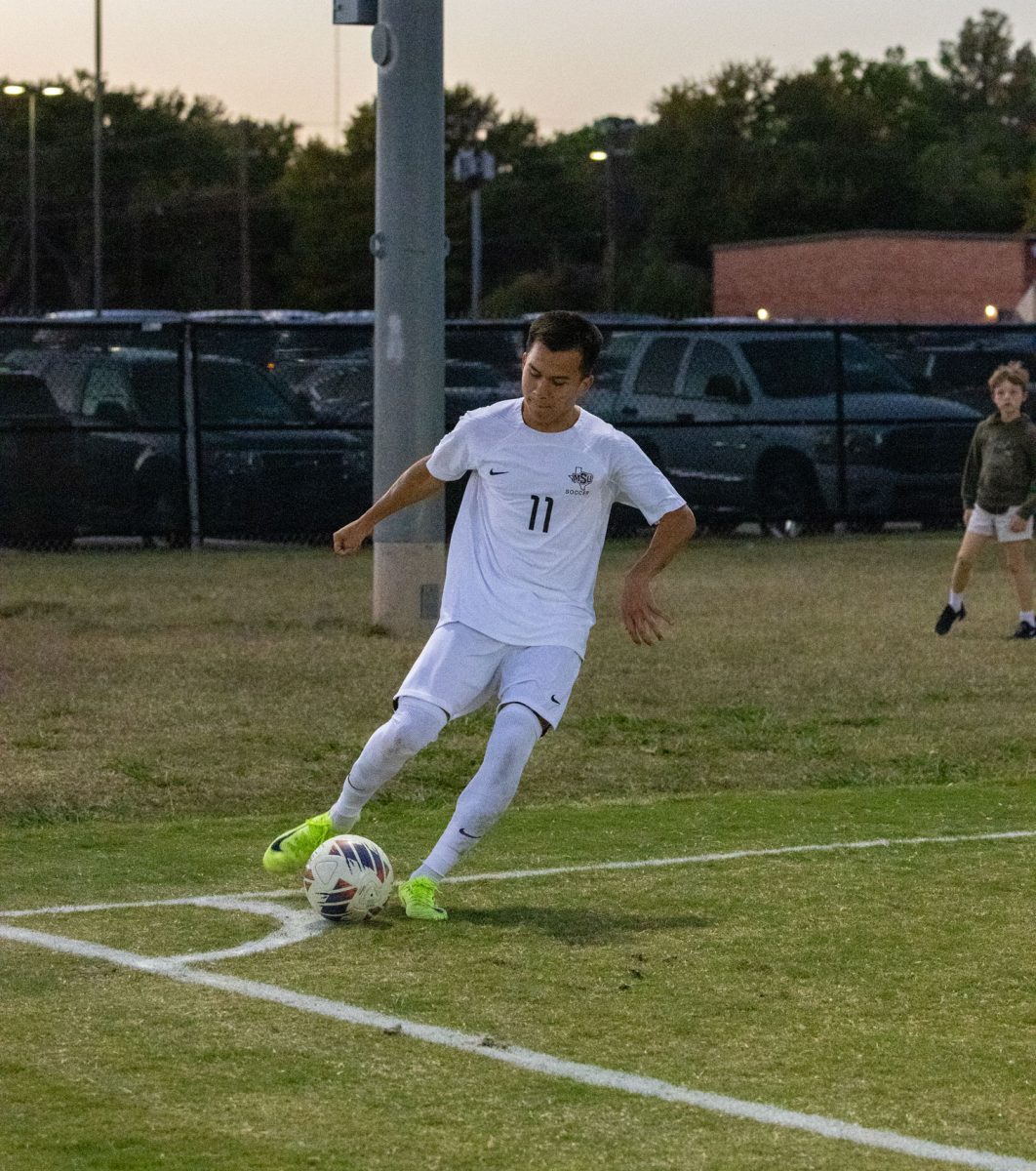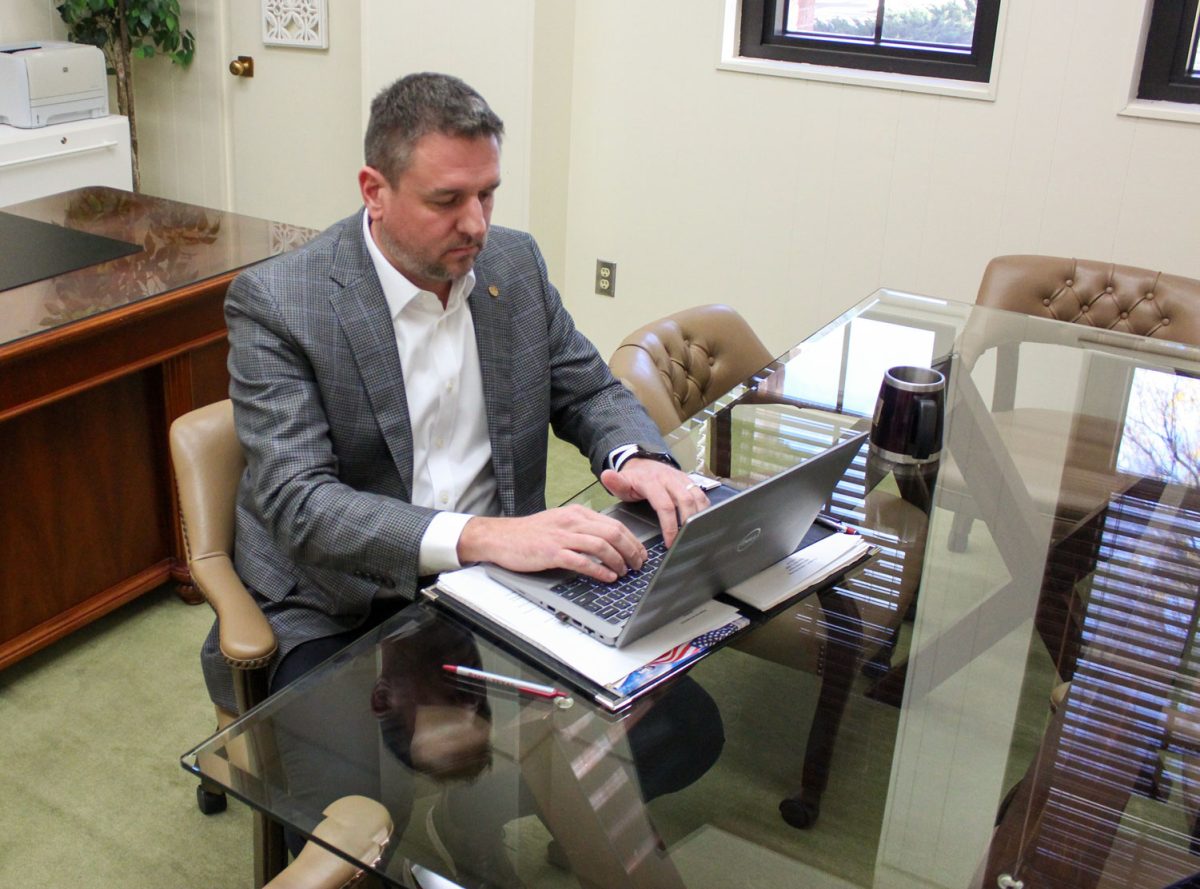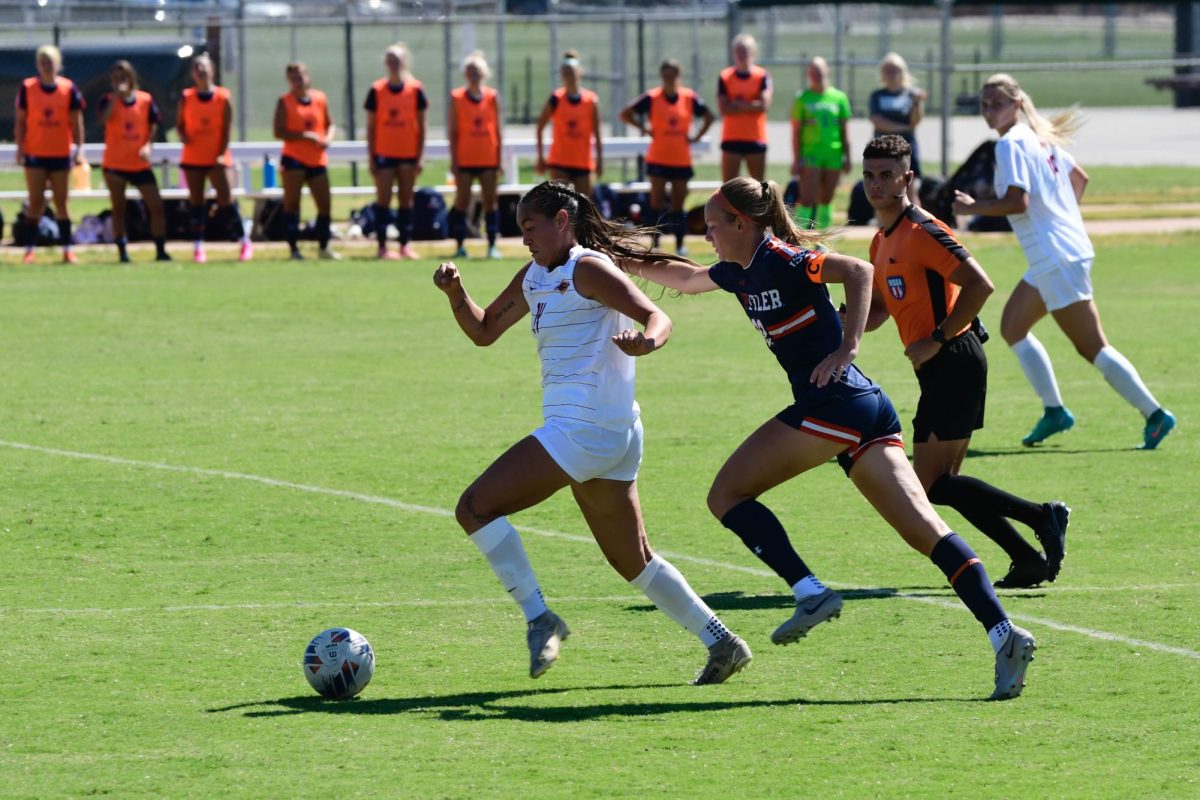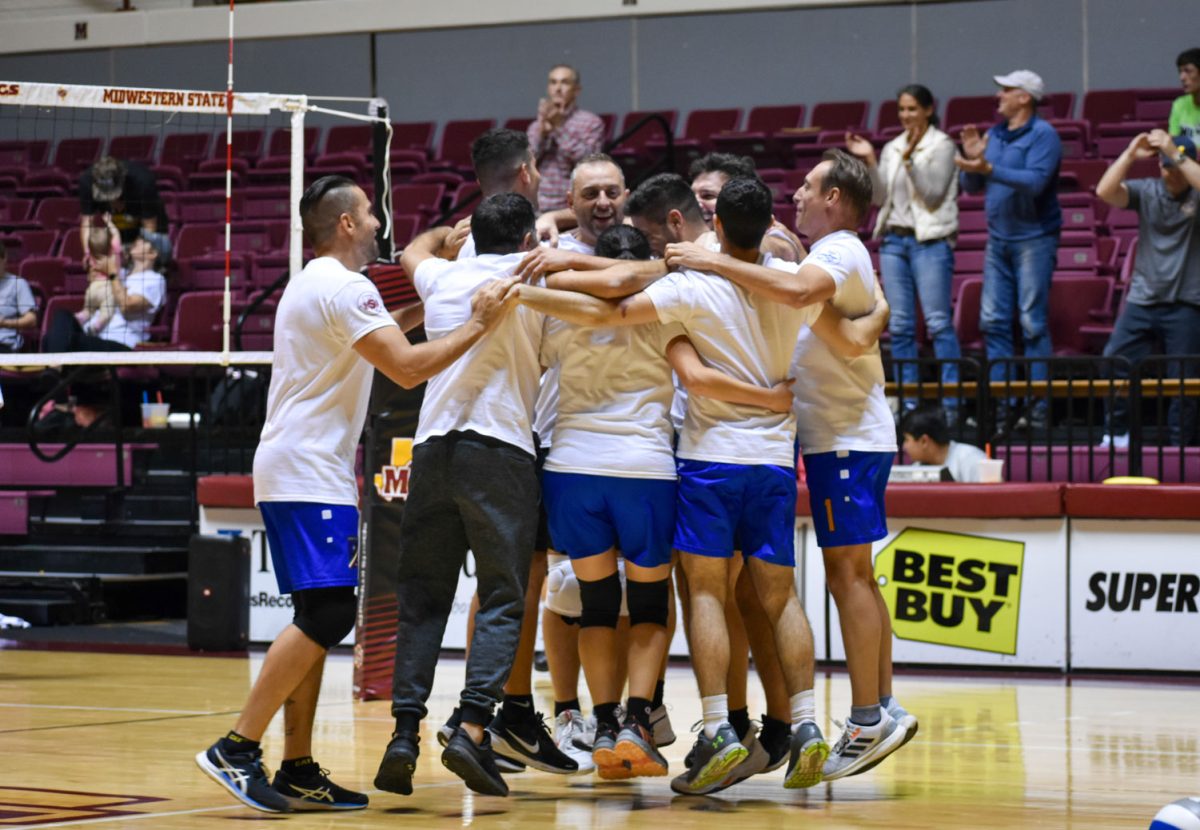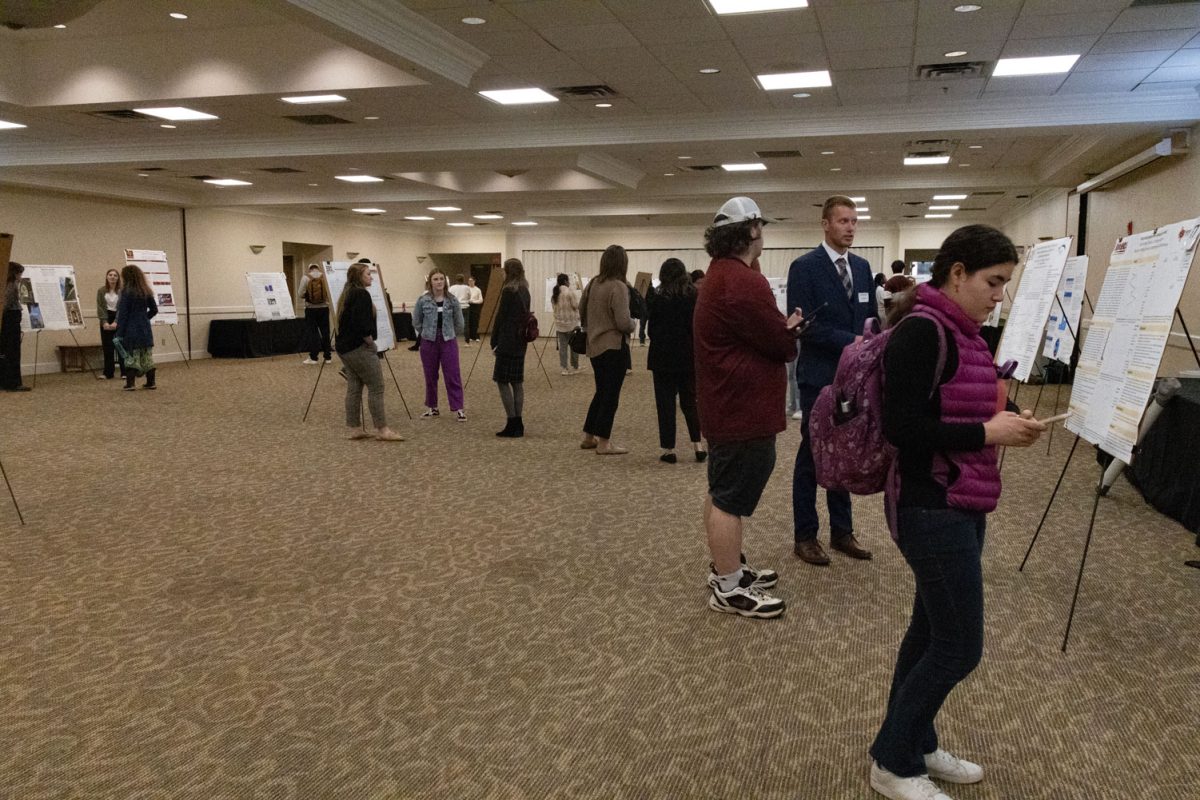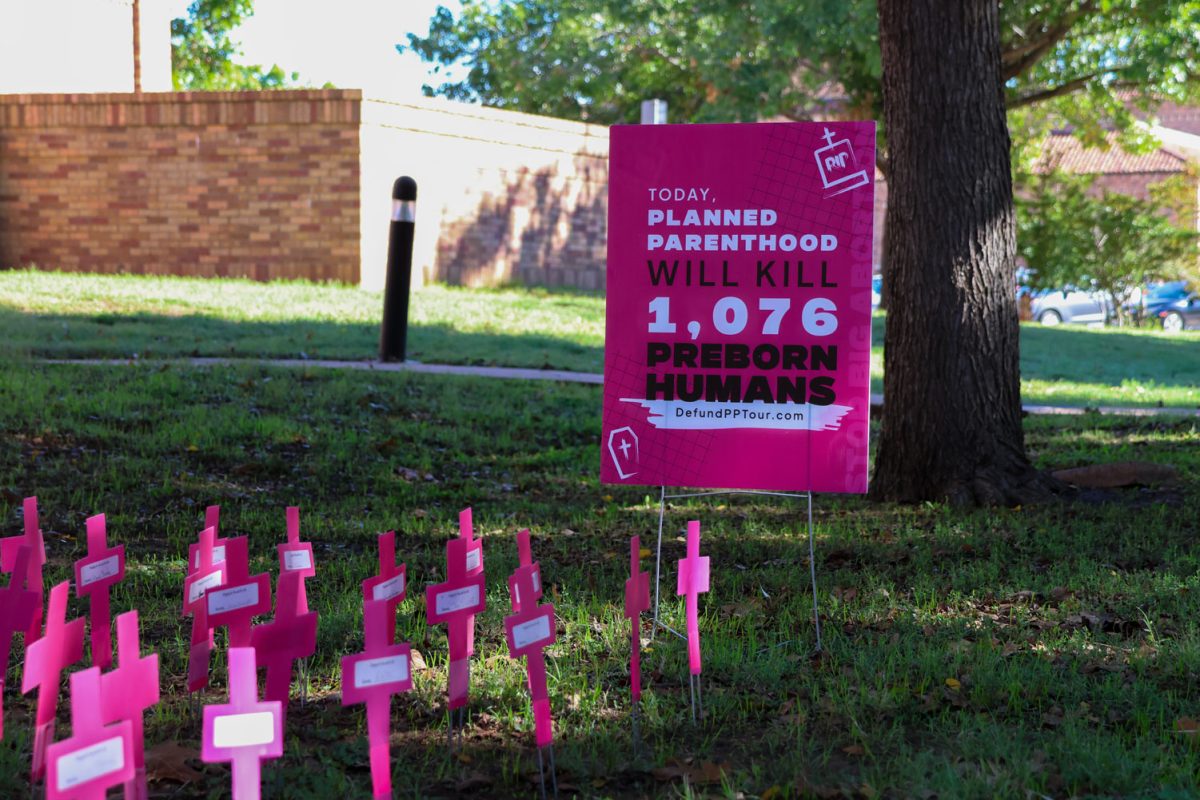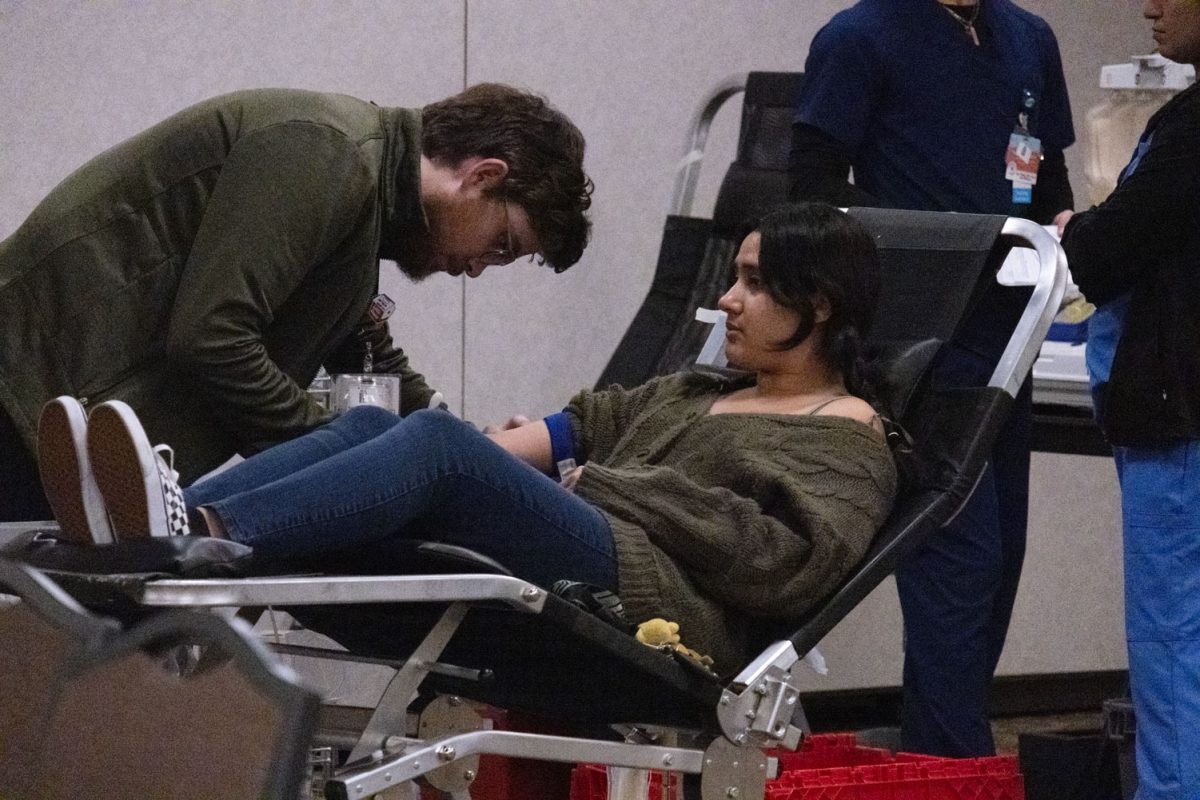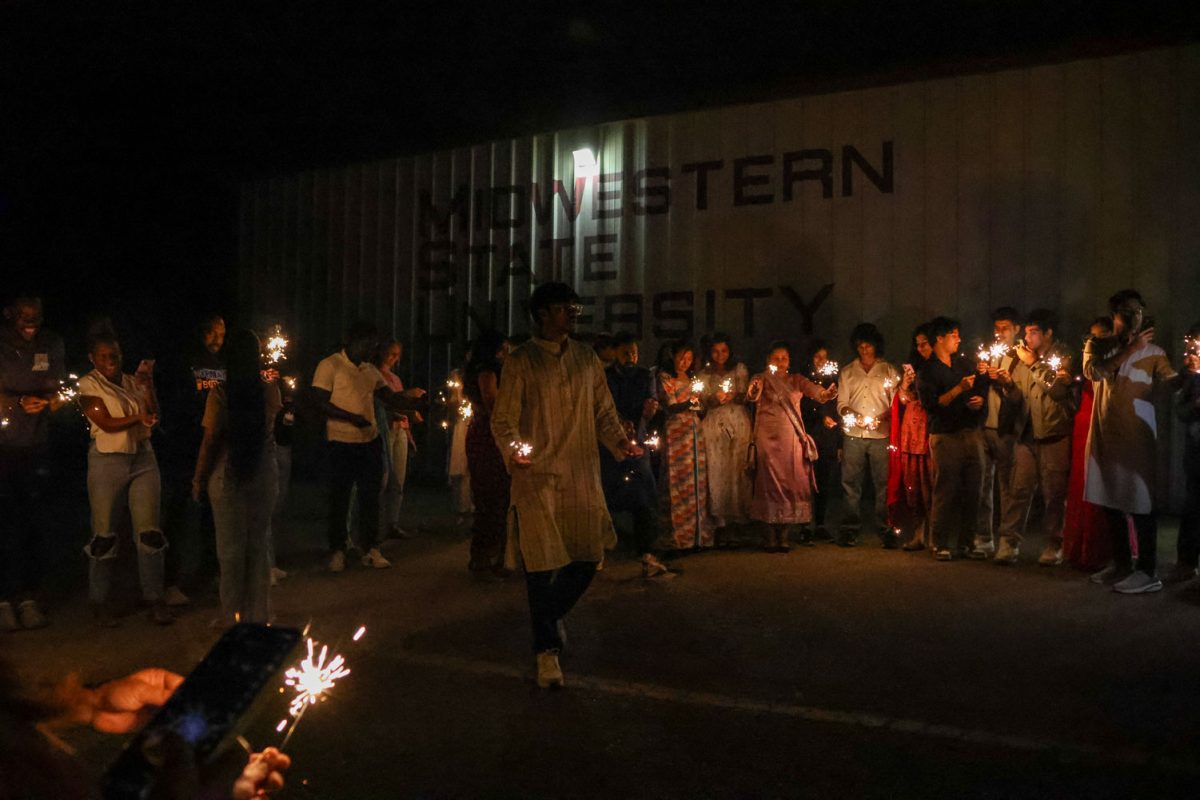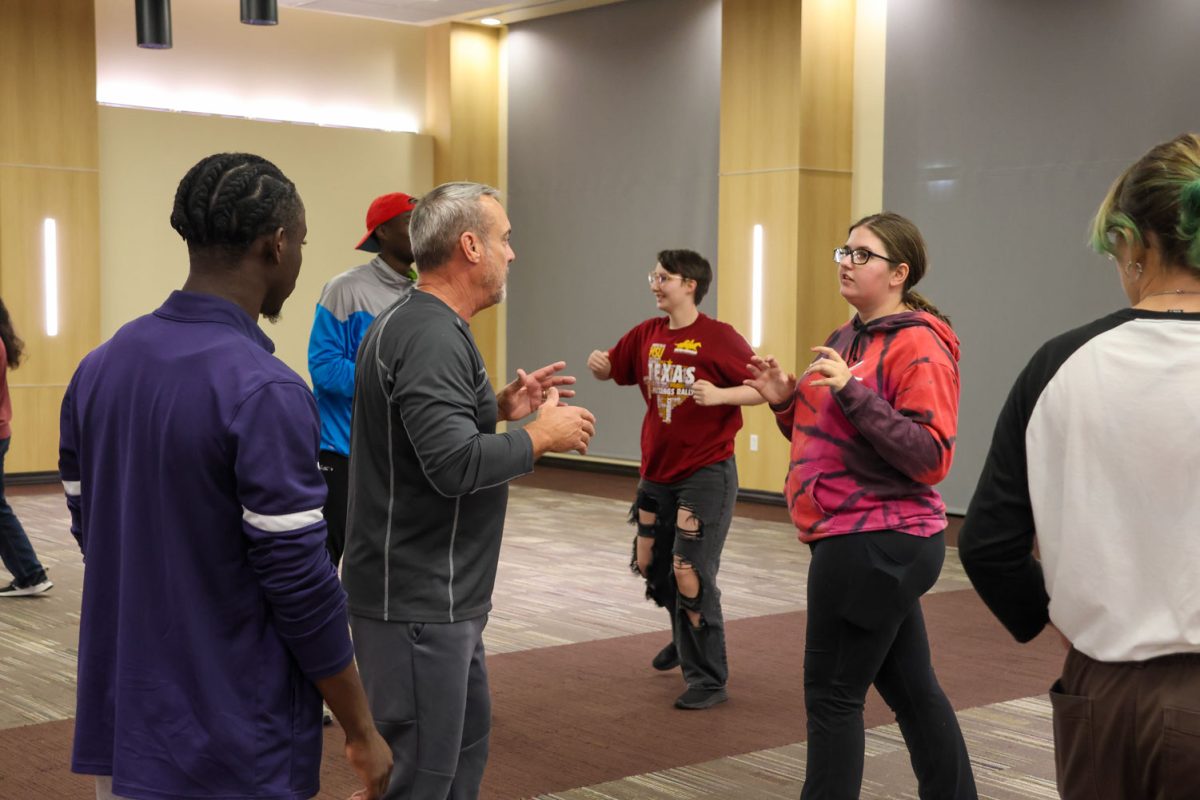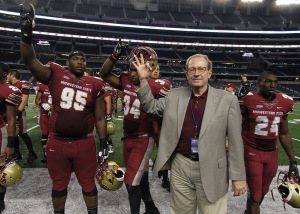
Out of 48 years at the university, the university president, Jesse Rogers, was an Indian for 39 of them.
“Traditions are very hard to change,” Rogers said. “That’s a little piece of tradition that will always be a part of me.” Supporters of the school did not view the Indian mascot as a symbol of racism, but a monument to the area’s heritage.
“The Native-American population did not feel betrayed by MSU for choosing the mascot name of The Indians,” said Kenny Boner, a 1995 alumnus. “I’m surprised they haven’t said horses are offended and it is inhumane to have them as a mascot.”
For 80 years, the Indians were the school and the school was the Indians. No NCAA policy could change that. And their minds were most certainly set.
“In 2006, I believe was when they finalized it. I finished playing ball in May 2005, so we were the last Lady Indian softball team at MSU,” said Kortney Pritchard, a 2005 alumnus. “We hated the thought of being different, we were the Indians!”
The Mustangs were not the only candidates in the race for the new mascot. Two other competitors were beaten out in a selection made by the Board of Regents.
In a podcast produced by The Wichitan, Rogers said, “I wanted something that could represent both men and women, I wanted something that could be put on a helmet, and I wanted it to be an alliteration. The Golden Thunder and The Armadillos were the other two options — the armadillos was actually the number one choice of the committee — but I did have the final say”
The students, faculty and alumni did not just roll over and become the Mustangs without a fight. The school appealed the NCAA decision. However the appeals were rejected along with appeals made by 17 other schools.
“NCAA indirectly forced everyone to be more cautious about mascots in general,” said Charlie Carr, athletic director. “If you had any ethnic or racial underlying factors, more specifically towards the Native-American culture you wouldn’t be able to host or attend any post season championships.”
The remnants of an Indian era are still present all across campus. The Mustangs have taken their place at the corners of the University but the Sunwatcher statue is still at the heart of the campus. Maverick T. Mustang seems to be the red-headed stepchild of Midwestern State.
“I would much rather be an Indian,” said Caleb Nicols, Wichita Falls native and sophomore in business, “because growing up in Wichita Falls that was what I knew. I grew up watching the Indians at sporting events, doing the Indian chop and my favorite part of homecoming was seeing the Native Americans do their dances when I was younger.”
The mascot transition reached a level of conspiracy in the minds of some. Seeing a decision that may have been pushed forward with money was the main concern. And perhaps the fight for the Indian was not as strong as some would expect.
“We all believed the change was money driven. No. The Seminoles are still the Seminoles… we should have fought a little harder, I think.” Boner said.
The Board of Regents meeting summary from 2005 stated that the students of MSU and residents of Wichita Falls were under the impression that Rogers did not try and fight for The Indians to remain the mascot. Yet even after a long process of appealing, getting a group together and writing NCAA letters about the history and love for The Indians, the appeal got denied.
There is also the question of those schools that have retained their Native-American mascots, such as the Florida State Seminoles, Tyler Junior College Apaches, and Bacone College Warriors. There seemed to be a bias against smaller schools that do not pull as much revenue for the NCAA.
“At the same time the Native Americans in the area didn’t see it as a racial issue, and we still have plenty of Division I schools that do have Native American ties to their mascot,” Nichols said.
The mascot change was one Dr. Rogers oversaw during his time at the university, one change he found to be very personal.
“The mascot change didn’t affect my retirement,” said Rogers. “I understand the reasoning behind it, but the Indians are built into me.”
RELATED
- Rogers committed to education, students, innovation
- Rogers leads only public liberal arts school in Texas
- Rogers’ love for students carried him beyond the classroom
- Rogers’ office staff describe life working with university president
- Rogers remembers good times
- Board follows formula to hire successor
- University President Jesse Rogers confident in his successor’s capabilities
- Presidential ponderings podcast






